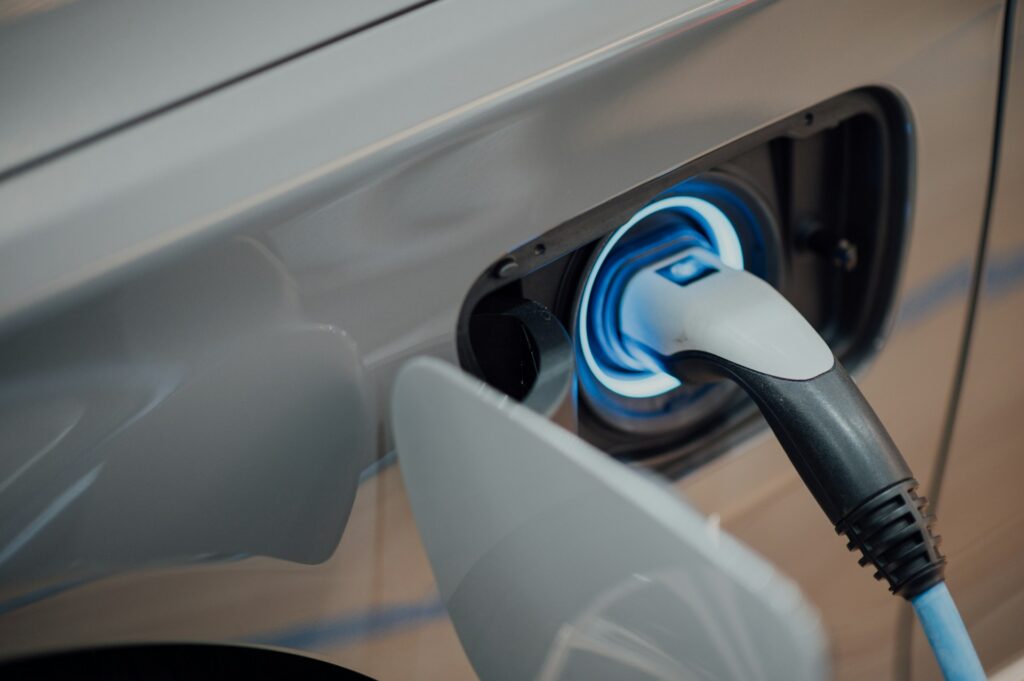Revolutionising EV Charging: DriveElectric Plus Slashes Emissions by Up to 89%

We are entering an era in which carbon reduction and sustainability are more crucial than ever before and with the Zero Emissions Vehicle (ZAV) mandate looming, companies across the UK are compelled to reach net zero faster. A new technology from DriveElectric is making significant in reducing the carbon footprint of vehicle fleets by optimising EV charging. The latest data reveals that emissions associated with charging EVs can be dramatically cut by up to 89% with the implementation of DriveElectric Plus, an innovative solution powered by technology from their sister company CrowdCharge.
What is Emission Variability in EV Charging?
Charging your electric vehicle isn’t as simple as plugging it in; the carbon impact varies greatly depending on the carbon intensity of the power from the National Grid and its intensity fluctuates based on the proportion of renewable energy that’s being used to charge the car, which can be, in turn, influenced by factors such as weather conditions. In 2024, the average carbon intensity of the grid was 129.9g CO2/kWh, with a range from 19g CO2/kWh during high renewable energy periods to 295g CO2/kWh during low renewable periods. Consequently, the emissions linked to charging an EV can differ widely.
Enter DriveElectric Plus
DriveElectric Plus promises groundbreaking smart charging that is able to optimise the timing of EV charging to coincide with the periods of the above-mentioned low carbon intensity on the grid. This strategic approach has so far led to a significant reduction in emissions, cutting the average emissions from 81g CO2e per mile to under 40g CO2e per mile, and even achieving as low as 9g CO2e per mile: an astounding 89% reduction.
How DriveElectric Plus Works
Through AI-driven CrowdCharge technology, DriveElectric Plus charges electric vehicles when the grid’s carbon intensity is at its lowest, in this way the electricity used for charging has the smallest possible carbon footprint. Although the technology benefits individual users, its main impact is on companies, especially SMEs, as it provides extremely valuable data and insights for fleet operators, helping companies in their carbon reporting and contributing to their overall sustainability goals in their journey towards meeting zero emissions targets.
Driving Corporate Sustainability
DriveElectric, with its extensive experience and commitment to ESG principles (Environmental, Social, and Governance), has been at the forefront of promoting EV use for over 15 years now, pioneering the adoption of electric vehicles through leasing and salary sacrifice schemes. The introduction of DriveElectric Plus represents a game-changer in supporting businesses in reducing their carbon footprint and achieving net zero targets.
In a recent press release Mike Potter, Managing Director of DriveElectric, has emphasised the importance of this technology and its potential impact nation-wide: “Electric vehicles can help individuals, businesses, and the UK as a whole to achieve significantly lower carbon emissions, but only if the EVs are charged with low carbon electricity. After all, we have to ask why we are doing all this—to reduce carbon! So we should make sure we’re getting the best results. The challenge is that most drivers don’t know what the carbon emissions are each time they charge.”
Adding to this sentiment, Americo Lenza, COO of CrowdCharge commented: “DriveElectric Plus measures the carbon emissions involved in charging and optimises charging to achieve the lowest possible carbon footprint, ensuring that electric vehicles have significantly lower real-world carbon emissions than petrol vehicles.”
References
- UK Greenhouse Gas Conversion Factors: UK Government Report
- National Grid Electricity Data: National Grid ESO Data Portal
Photo by CHUTTERSNAP on Unsplash